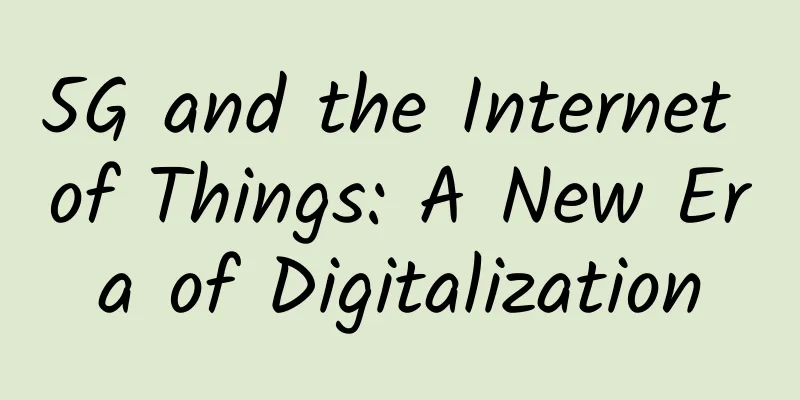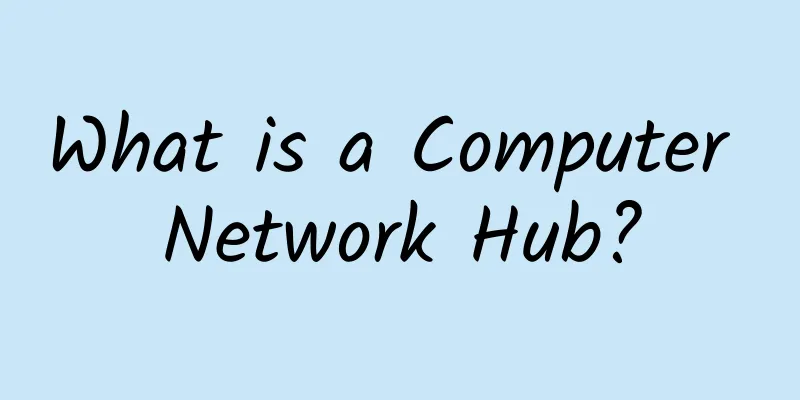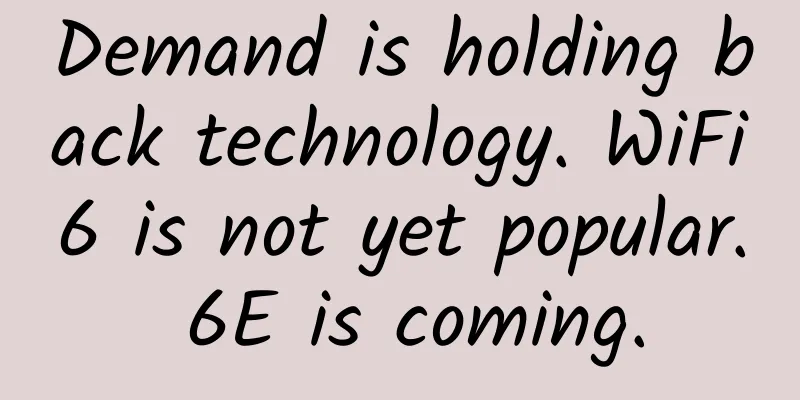5G and the Internet of Things: A New Era of Digitalization

|
There is no doubt that 5G mobile networks will be a giant leap forward for mobile broadband. The Internet of Things offers many advantages for 5G in the fields of healthcare, education, energy, and transportation. According to recent studies, approximately 500 billion IoT tools, including sensors, medical devices, and actuators, will be connected to the Internet. These IoT devices will collect, aggregate, and analyze data across multiple platforms and services. Therefore, 5G networks are imperative to meet the needs of these types of data-intensive IoT devices. The researchers’ focus is on the impact that the combination of IoT and 5G will have on our society and its cost aspects. The introduction of 5G will modernize industries and provide emerging technologies such as IoT to unlock their full potential. According to Ericsson AB's latest mobility report, there will be around 600 million 5G subscriptions by next year. Meanwhile, Asia Pacific will be the second fastest growing region, with 5G subscriptions accounting for around 10% of the total. Advantages of 5G and IoTIn fact, 5G networks are very fast and reliable thanks to fiber optic cables, therefore, they will offer speed, efficiency, security, latency and reliability. Therefore, it will provide greater flexibility and the same capacity at a lower price. The introduction of 5G will lead to improvements in mobile broadband services. Digital capabilities based on virtual reality, autonomous operation, artificial intelligence and drones will be one of the solutions with 5G networks to increase productivity and efficiency. IoT is being adopted rapidly and we can predict more investments in IoT gadgets in less than five years. Profits can be generated in IoT devices that will attract manufacturers, such as reduced machine downtime, improved product quality, predictive maintenance, and smart decision making. 5G will eliminate some of the limitations that currently exist in IoT due to wireless technology, but this will not solve problems such as vibration, sound, heat, etc. Interrelated effortsIoT vendors are currently focusing on meeting the precise and practical requirements of the industry and providing more reliable solutions to meet customer needs. In addition, with the introduction of 5G networks, IoT platforms will have the potential to connect to discrete solutions and point sensors to monitor the entire process from R&D to the end of the product development cycle. IoT and 5G will play an important role in creating an integrated ecosystem to optimize the manufacturing, distribution, and product consumption lifecycle. From planning to sales process, industries can be continuously connected to each stage. In addition, analysts and decision makers can verify data through sensors set up throughout the process of manufacturers' supply and their consumers. Data will flow back and forth throughout the multi-dimensional ecosystem, rather than in a straight line. As a result, the ecosystem will allow for quick responses to possible changes and disruptions in consumer demand. IoT devices will allow us to access a vast amount of data. This will prove to be a boon for analytics, as they will be able to take preventive planning and maintenance to refurbish their products in this case. The ecosystem created by 5G and IoT together will usher in the era of smart manufacturing as customizable products and manufacturing procedures can be optimized. What the study found about 5G and the Internet of Things
Improved mobilityLet’s take an example here. Employees equipped with enhanced VR/AR headsets will be able to move freely within the factory, and they will be constantly connected to the 5G network. These workers can simulate every process in three dimensions until the final product while interacting with IoT devices. The ability of VR/AR to detect faults using simulation happens to be one of the most valuable features of this particular system. Moreover, these industries can integrate 5G networks into their digital strategies using network slicing. Among other things, it will allow merchants and consumers to be integrated into the platform. Therefore, the combination of IoT and 5G will make it possible to achieve Industrial Revolution 4.0. Manufacturers do not have to rely on fixed and mobile networks for their communication requirements. The flexible manufacturing that 5G can provide requires mobility. Industries have the potential to shift away from unreliable Wi-Fi networks. 5G Network OptionsIndustries prefer to implement their digital transformation strategies through private networks. In this way, they will be able to use the combination of 5G and IoT. There are several options for private networks: partnering with an already existing telecom provider to run the entire system, or creating a system that can operate independently. Governments are currently focusing on opening up more spectrum for 5G due to competition for bandwidth between consumers, companies, and the public sector. In addition, 5G networks are vulnerable to cyberattacks. Therefore, we expect manufacturers to have access to strong cybersecurity protocols with secure and innovative software algorithms and network slicing. As a result, 5G will offer a much stronger level of data security, unlike the infrastructure currently in use. The Future of 5G-IoTBy integrating 5G and IoT networks, manufacturers can operate with full flexibility and move towards a dynamic ecosystem of suppliers and consumers. It is now up to individuals to make the most of Industrial Revolution 4.0, which has already taken a giant leap forward thanks to the convergence of 5G and IoT. |
<<: The past and present of SRv6
Recommend
What is optical network?
Optical networking is a technology that uses ligh...
In-depth analysis of SDN switch configuration and application issues
SDN (Software Defined Networking) is an emerging ...
IMIDC: Hong Kong/Taiwan KVM annual payment starts from US$49, Hong Kong server 30M bandwidth monthly payment starts from US$59
IMIDC, also known as Rainbow Cloud, is a local op...
Why MAC addresses do not need to be globally unique
MAC address (Media access control address) is a u...
Learn RTMP and RTSP streaming protocols in seconds
RTMP and RTSP are two common streaming protocols....
HostKvm newly launched Russia/Hong Kong high-defense VPS, 50% off for Mid-Autumn Festival
HostKvm has launched new products, this time with...
Operators’ 5G half-year exam: With the difficult epidemic, high expenditures and low profits, how can they withstand the pressure in the second half of the year?
The sudden outbreak of the novel coronavirus pneu...
Briefly describe the binary search algorithm and time complexity, and implement a binary search algorithm
[[432404]] Binary search is also called half-sear...
5G technology can now read human emotions in public areas
[[403225]] The birth of a new and influential 5G ...
RAKsmart: Asian servers starting from $59/month, 50M bandwidth, available in Korea/Japan/Hong Kong/Taiwan/Singapore data centers
RAKsmart provides independent servers and cloud s...
Why is there no movement in China for the popular wireless mesh network?
The wireless mesh network that emerged in the sec...
spinservers New Year promotion: $39/month-E3-1280v5/32GB/1TB NVMe/30TB@10Gbps
spinservers has released several special packages...
SKT launches online-only plans for 5G and 4G customers
South Korean telecom operator SK Telecom recently...
What role does Wi-Fi-6 play in the field of industrial IoT?
5G technology has enough advantages to support so...
A must-read for professionals! Intuitive diagrams of weak current subsystems!
The most direct and effective way to get familiar...









